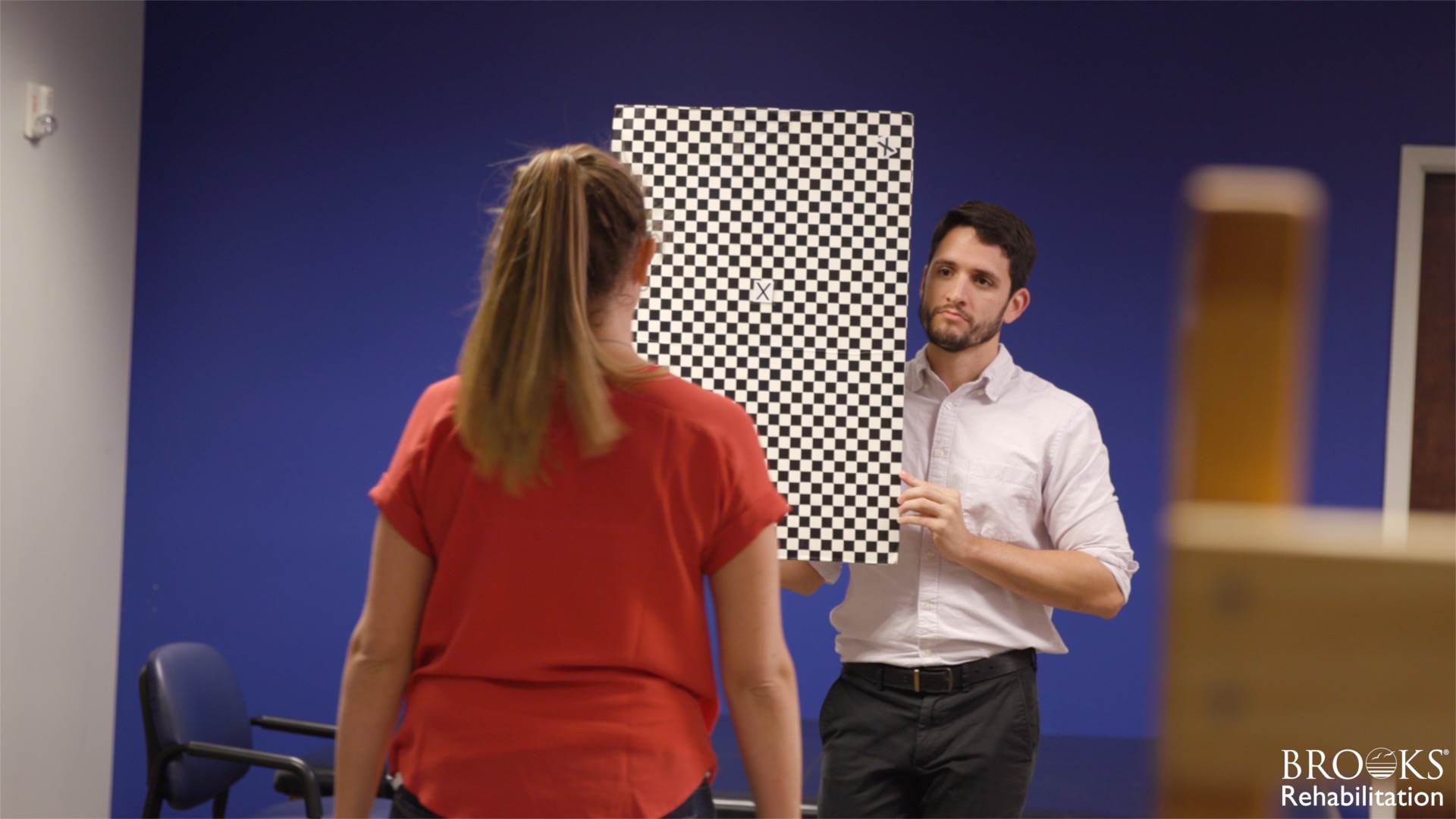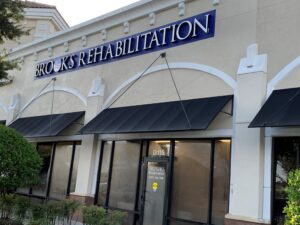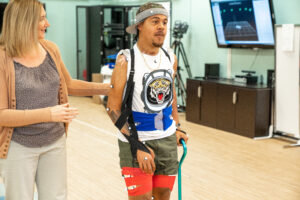Feeling dizzy? You may benefit from vestibular rehabilitation

Back to physical health resource hub
Life can change in a second. The current state of things around the world is a testament to the uncertainty of our everyday lives. Vestibular patients often describe the impact of dizziness/vertigo on their lives in the same way. Symptoms, such as dizziness and imbalance, come on suddenly. They are terrified not knowing what is happening to them, and often end up in an emergency room undergoing a myriad of tests to rule out a stroke or other cardiovascular issue. Thankfully, that testing is usually negative. At this point they are diagnosed with vertigo, given medication and sent home.
Often people don’t know what happened to them and they are left still experiencing dizziness and/or imbalance. A vestibular diagnosis is not commonly understood outside of the medical community. The term “vestibular” is the clinical term for the balance portion of the inner ear. We have two systems behind the eardrum: one for hearing and one that contributes to our equilibrium. They are next to each other, but independent. We can have hearing loss that will not affect our balance and, conversely, we can have issues with our balance with no effect on our hearing. Sometimes if an issue is severe enough, it affects both because they are physically close together. For the majority, the issues remain separate.
When we have a “vestibular event or dysfunction,” it means that something has occurred to affect the normal function of that balance system. It is tiny (about the size of your thumbnail), but mighty in how it affects an individual. The two most common issues that affect this system are Benign Paroxysmal Positional Vertigo and Vestibular Neuritis.
Benign Paroxysmal Positional Vertigo involves calcium carbonate crystals that belong in one portion of the inner ear and provide the brain information related to movement against gravity. They sit on a sticky, gel-like matrix (picture crushed peanuts on top of Jell-O) and for reasons that have not yet been determined, they will fall off of this matrix and travel to another place in the inner ear where they do not belong. They move in semi-circular canals and deflect the fluid that exists, stimulating the ear causing a very unpleasant, but brief, bout of vertigo.
The motion of the crystal occurs because of the placement of the head in a gravity dependent position. Gravity is causing the crystal to move to the lowest point. Once it reaches that point, the motion settles and the symptoms subside. People will often feel these symptoms when they get in and out of bed, roll in bed, tilt their head back or bend forward. As unpleasant as the vertigo symptoms are, this inner ear issue usually responds quickly to treatment and relief can sometimes be felt after one therapy session.
Vestibular Neuritis is a term referring to the inflammation that occurs to a nerve in the inner ear, usually in relation to an infection. These infections are most commonly viral, but can be bacterial on occasion. An ear infection that causes inflammation can affect the inner ear or the inflammation may come from a virus affecting the nerve and causing an inflammatory response. Whenever there is an inflammation in an area as small as the vestibular system, it will cause pressure that may cause nerve damage. As the pressure and inflammation occurs, the system is overstimulated and this often results in a violent episode of vertigo where things are spinning for a long period. The spinning can last for hours and usually leads to severe nausea and vomiting.
Often, after one of these events, motion will cause an increase in symptoms. Vestibular/balance therapy can prove extremely beneficial in these situations. Therapy incorporates repetitive stimulation of the inner ear via movement to help the brain use the remaining information from the inner ear more effectively. Your brain will also use information from your other two sensory systems (vision and muscle/joint information) to promote overall improvements in balance and dizziness to help you return to your normal activities. Since we have two identical systems, the same way that we can live with one kidney, we can have damage occur to one inner ear and the body can compensate for that damage.
Dizziness is an “invisible” symptom and difficult to understand by those who are not experiencing it. If you or a loved one are dealing with any form of vestibular symptoms, please see an ear, nose and throat (ENT) specialist.


